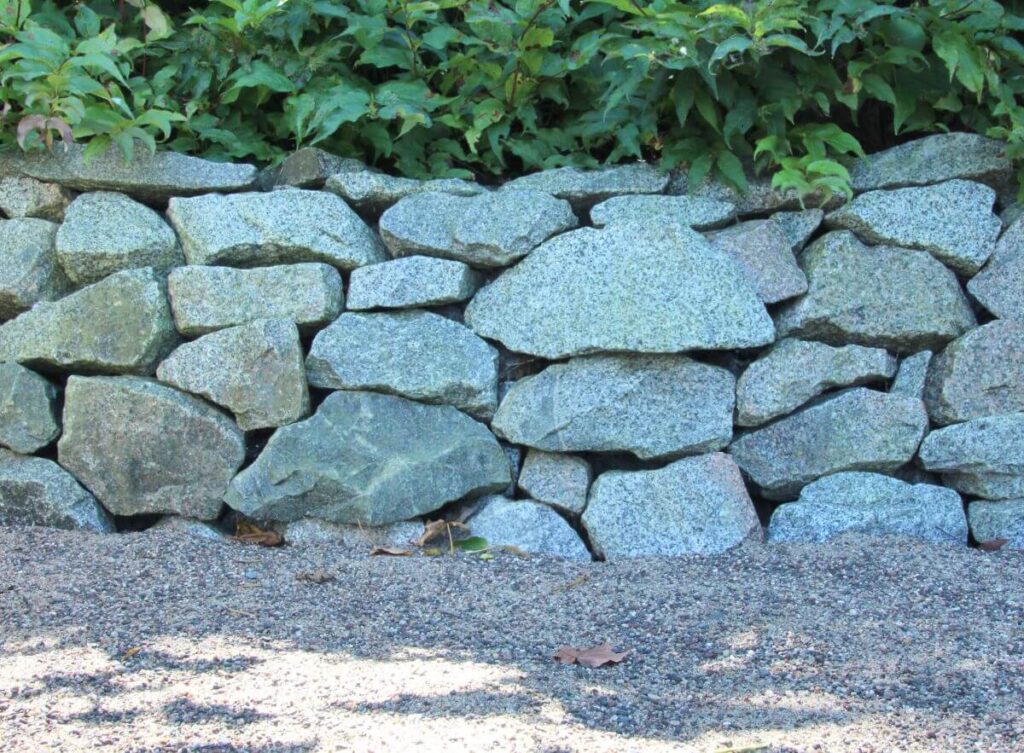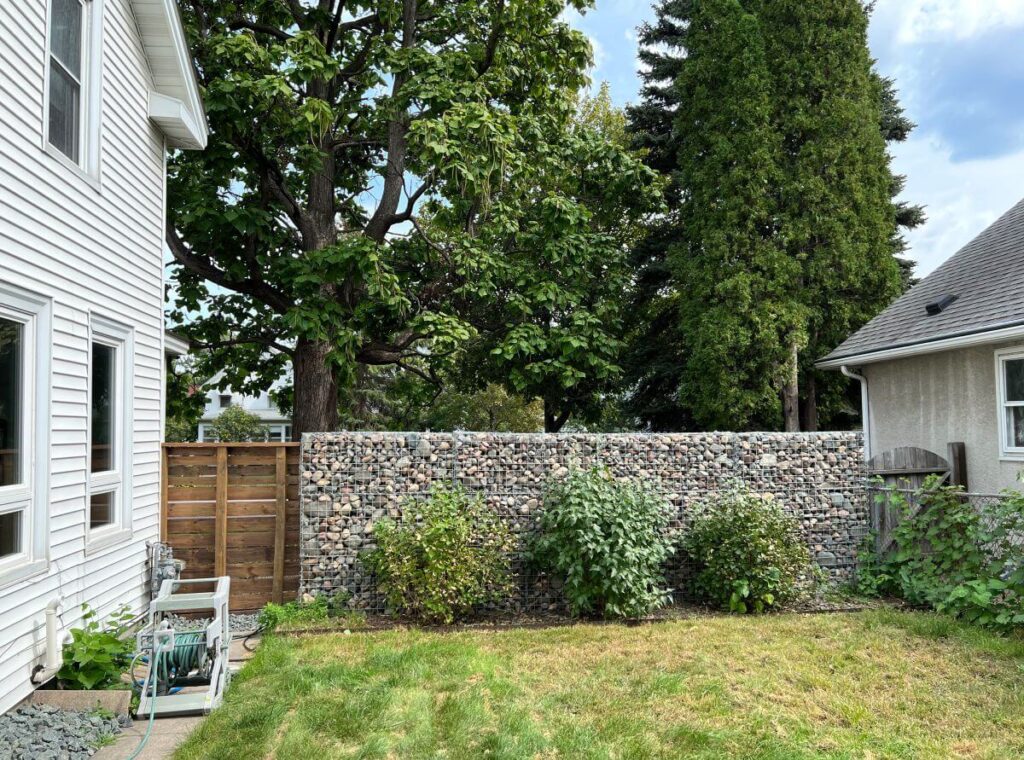
A question we get asked often is, “Why build a retaining wall?” Chances are you’ve seen a retaining wall. They’re often located on the sides of outdoor stairways, at the front of homes, or around raised garden beds. That being said, it can be difficult to figure out what the purpose for them is. Are they purely decorative, or is there more to them than meets the eye? In this blog post, we’ll take a look at some common reasons for building a retaining wall and why you may want one for your landscape.
Aesthetics
One reason you may want to build a retaining wall could be simply aesthetics. If you want to have a raised garden bed, then it will need a retaining wall around it to keep the soil in place. Retaining walls themselves also have aesthetic value. Boulder walls have a natural aesthetic since the uncut stones look like they’re from the local environment, especially for suburban, shoreline, and wooded properties. Meanwhile, steel retaining walls have a sleek look that’s a perfect fit for a modern-style property.
Flatten Out a Space
Another reason to build a retaining wall is to flatten out a space and create level areas. This could be for a yard, a structure, or any other reason you want to create a flat space. For example, you may want a retaining wall to support a new patio. Without a retaining wall, the newly flattened soil would be displaced, causing cracks and unlevel areas on the patio. As time goes on, the broken patio can pose a tripping hazard and create unsafe conditions for you, your family, and any guests.
Control Steep Slopes
One of the most common reasons to build a retaining wall is because you have a very steep slope. If you’re having erosion or have too steep of a slope on a property, then you’re probably going to need a retaining wall to support it. Unsupported steep slopes can cause all kinds of problems. For example, runoff is difficult to control on steep slopes, which leads to faster erosion. If the problem becomes severe enough, it can cause mud or landslides. Any structures on top of the slope could be damaged or even collapse altogether. Retaining walls are among the best ways to control rapid erosion and keep slopes safe for many years to come.
Erosion and Walkout Properties
Retaining walls are often needed where the foundation of a property steps down. If you have a walkout-style house, there is a good chance you will need a retaining wall. These types of houses are built on steep slopes, which are more vulnerable to erosion and soil displacement.
What Types of Retaining Walls Can You Build?
As you can see in our landscape gallery, stone and boulder retaining walls are the most common request we get. However, retaining walls can be made out of many different materials, including:
- Wood
- Gabions
- Steel
- Retaining wall blocks
- Concrete
All of these have a different aesthetic effect on your property. For example, steel retaining walls can make a property look more sleek and modern, while boulder walls add a natural touch.
Still Wondering Why to Build a Retaining Wall?


If you’re still wondering whether you should build a retaining wall, we recommend enlisting our help. At Natural Environments Corporation, we have over 40 years of experience installing and designing many landscaping projects in Minnesota, including retaining walls. We can help design a beautiful-looking, functional retaining wall for your property. Contact us today to learn more about our services or if you have any more questions on why to build a retaining wall.
